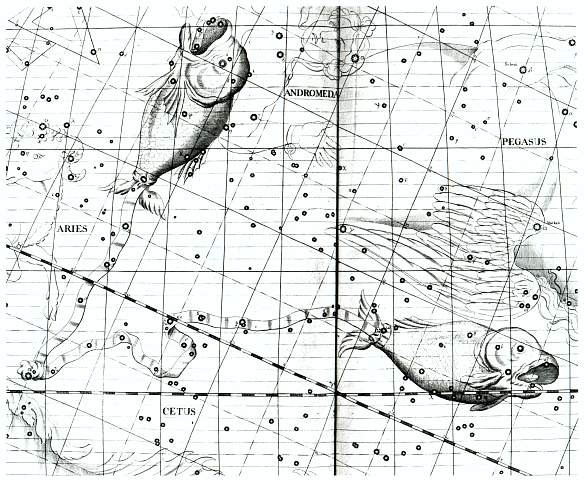SIDEREAL TIME
Brian writes...
Now tell me, Jim, what exactly is sidereal time, and how is it calculated?
Sidereal time is simply star time instead of sun time. One solar day is the time it takes for one spot on the Earth to rotate so the Sun is in the same place. That is, the time it takes from when the Sun is highest in the sky until it sets, rises, and is highest in the sky again. The 24 hour day that we all know and love. A sidereal day is the time it takes from when one star is highest in the sky until it sets, rises and is highest in the sky again. That day is approximately 23 h 56 min. The reason for this is the Earth is always moving around the Sun so as the Earth revolves, it is actually rotating a bit more than 360 degrees to complete a day. If you were to take that approximately 4 minute discrepancy between the two days, multiply it by 365, you will get 1460 minutes or approximately 24 hours. Well now, I have never thought of it before, but if you were to count the sidereal days in a year, it ought to come up to 366, as one sidereal day is lost with each revolution around the Sun!

Sidereal time is measured in hours but is called "Right Ascension". Zero hour (the sidereal international date line) starts in the horiscopic constellation of Pisces, where the Sun passes the celestial equator on the first day of spring. If you were to extend the longitude and latitude lines onto the sky, you would have Right Ascension (measured in hours and comparable to Longitude) and Declination (measured in degrees north or south of the equator comparable to latitude). If your local sidereal time is 14:00 (Sidereal uses 24 hours, not two sets of twelve), then any star on the 14 hr line would be highest in the sky at that moment.

Now how do you calculate that? That can get very complicated. How would you calculate regular time? Taking into consideration that actual Solar time has no time zones. It is slightly different for every mile you travel to the east or west. I will assume you don't want an exact formula but only want to know what it would be based upon. Basically, to find local sidereal time, you would use the 23 h 45 m day then add or subtract your longitude from Greenwich solar time. Or if you had a computer you could just go on the Internet and find one of many programs that will calculate it for you. If you have a planetarium program (WinStars is my favorite and it's free) you could just open the program to your location and time and see what the Right Ascension is directly south. Should you want to know the exact formula, Sky and Telescope still carries an old BASIC program "GMST.BAS" that would contain all the calculations.


6 Comments:
If anyone wants to keep track of the sidereal time, you may want a nice watch. Check out: http://www.patek.com/microsites/skyMoon/
Thanx Alan
Of course you gotta have the bucks. I found one for 20% off!!! Only
$1,200,000!!
Thanx Alan
http://www.gemnation.com/base?processor=viewWatchDetails&watch_id=1463
http://www.gemnation.com/base?processor
=viewWatchDetails&watch_id=1463
(it didn't all fit?!?)
Thanx Alan
100 FOR N=1 TO 10
200 FOR M=1 TO N
300 PRINT "THANKS";
400 NEXT M
500 PRINT
600 NEXT N
So tell me, Jim, what are your thoughts on the new ballpark, Busch Stadium III?
Post a Comment
<< Home